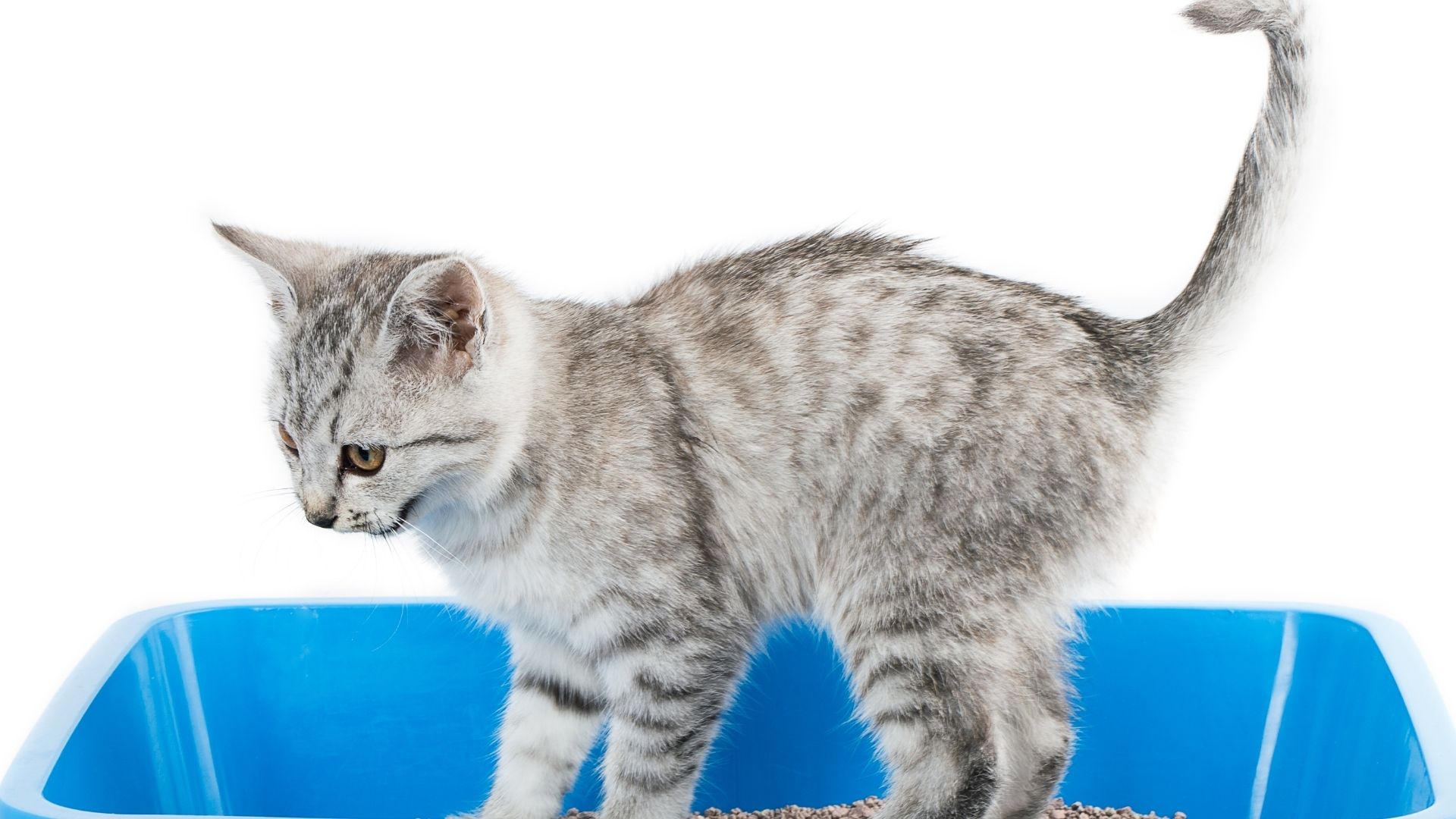Looking for a home remedy for your pet’s urinary tract disease? If your pet is having any urinary tract disease, there are cases in which you’ll need to take him to the vet. In other cases, you can try to treat it at home with some more natural remedy.
How do I know my pet has a urinary tract disease?
The first sign you might notice is complaining and crying when trying to urinate. If your pet has a urinary tract disease he will probably urinate more frequently and in smaller doses. Sometimes you might even see blood in his urine. Normally, if the situation is not an emergency, your pet won’t show other general symptoms such as lack of appetite or lethargy. So you’ll only notice it when urinating.
When is it an emergency?
Especially with cats, an important cause of complaining when urinating is bladder stones. Bladder stones are formed from the aggregation of crystals in the bladder. They make up an actual stone that can get stuck in the urethra. That happens mostly in castrated cat males. Males have a longer and thinner urethra which makes it easier for a bladder stone to get stuck there. Females, on the contrary, have shorter and larger urethra. When you see your cat going often to his litter, trying to urinate without results, it’s an emergency. The problem is that if the urethra is blocked, the bladder will continue swelling till it ruptures. And then there is really nothing left to do. So never wait if you have any doubts.
What are the causes of urinary tract diseases in pets?
An infection anywhere in the urinary tract can be caused by bacteria, ascending from the urethra up to the bladder and eventually, if not treated, to the kidneys. Another common cause may be due to bladder stones. These are formed by the aggregation of crystals. Often, the cause of this stone formation is diet. But not always, some are more genetically prone to develop bladder stones due to their urine ph.
In cats, a common condition called FLUTD (feline lower urinary tract disease) is a condition, not a specific disease, used to describe problems anywhere in their lower urinary tract. One of the reasons, mainly in cats, is stress-related. Due to environmental stressors or psychological ones, cats tend to develop an inflammation of the bladder. This is a condition also called feline idiopathic cystitis. Idiopathic because the cause is not really known. These cats affected by this condition will normally present this cystitis in a recurrent mode throughout their life. Especially in times of changes like seasons, moving, or any other changes in their environment.
*If you have a male dog that is showing all these symptoms, make sure he has his prostate gland checked.
Get your pet’s urine checked

First of all, the best thing you can do Is bring a sample of his urine for a check. It’s always to know the cause so you know how to treat. Infection is very different from a bladder stone regarding the therapy. A serious infection needs antibiotics and anti-inflammatories. Bladder stones need medicine to change the urine ph. With bladder stones, it’s also best to know which stone we are talking about. There are 2 main types of bladder stones:
Struvite: these are the most common stones. They are formed in an alkaline environment so the goal is acidification. You can do that by giving a high protein diet and supplements. With the correct therapy, they can be dissolved.
Oxalate: Although common they are still a big problem. They do not dissolve as easily as struvite. Often when the stone is already formed and blocking the tract, it has to be surgically removed. When you have only crystals you can still treat with the correct therapy. These stones are formed in an acidic environment so the solution is alkalinization. That means fewer proteins in the diet and supplementing with potassium citrate.
Now you see why knowing your pet urine’s ph and type of stones is important. The 2 possible therapies are completely different.
How can I help my pet at home?
Water
In All urinary tract diseases, one thing is certain- plenty of fresh water is needed. To keep the urinary tract clean and get rid of any bacteria, waste, and dissolving bladder stones, you’ll need to provide your pet plenty of fresh water. Make sure you give only filtered water. Cats tend not to drink so much, so if you have cats prefer canned food over dry food. You can even add to their water some chicken broth or tuna water just to make it tastier for them to drink. But leave also fresh natural water aside. For your dogs do the same. Dogs normally do drink enough. Just make sure there is always fresh water at his disposal.
Clean his/her genitals
Prevent bacteria from ascending the urethra. Use cotton with a Physiological solution. Don’t rub the area, just remove wastes and keep it clean. They will normally do that themselves, but in case they don’t, give them a hand.
Boost the immune system
for every other disorder, the immune system is the key. A healthy body has everything he needs to fight anything. How do you do that? by making sure his diet is the best diet he can possibly get. High-quality, fresh diet. Supplement with vitamins and probiotics if needed.
Cranberries- Natural home remedy for urinary tract disease

We use it, it works and it works for our pets as well. It is a classic remedy for urinary tract infections, Cranberry can be used both to prevent and to treat problems such as cystitis urethritis. It can also be used long-term to prevent bladder stones formation. You can take it as berries, juice, or supplements. Cranberries acidify the urine making it difficult for bacteria to stick to the bladder lining. This acidification property also helps to dissolve struvite stones.
If you are having any doubts and need help, please contact me, I will be happy to help 🙂




